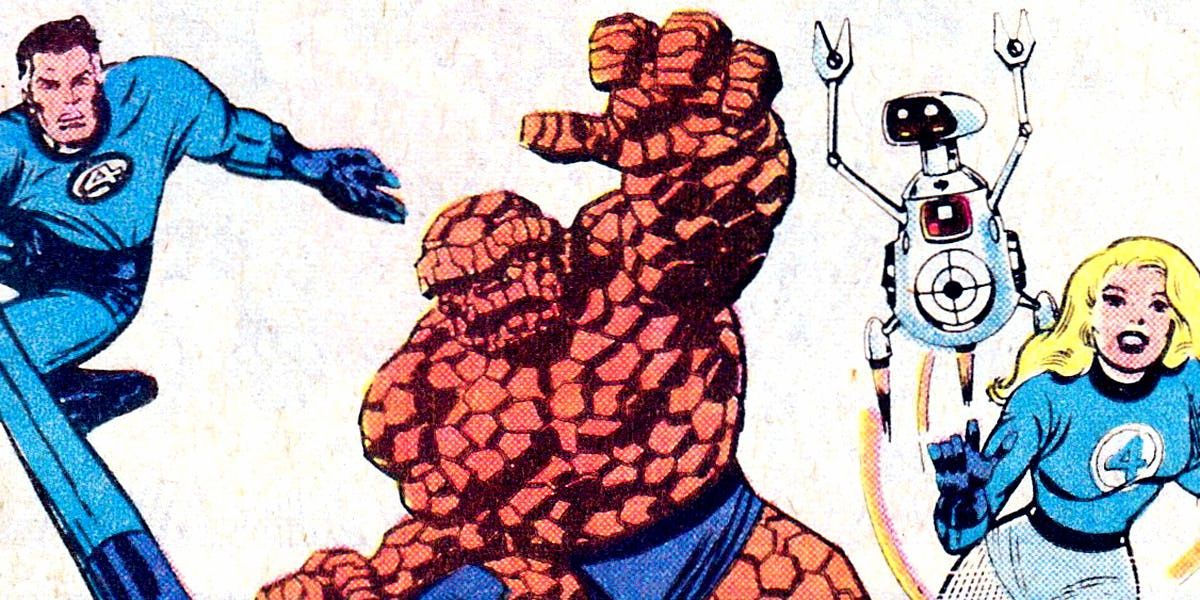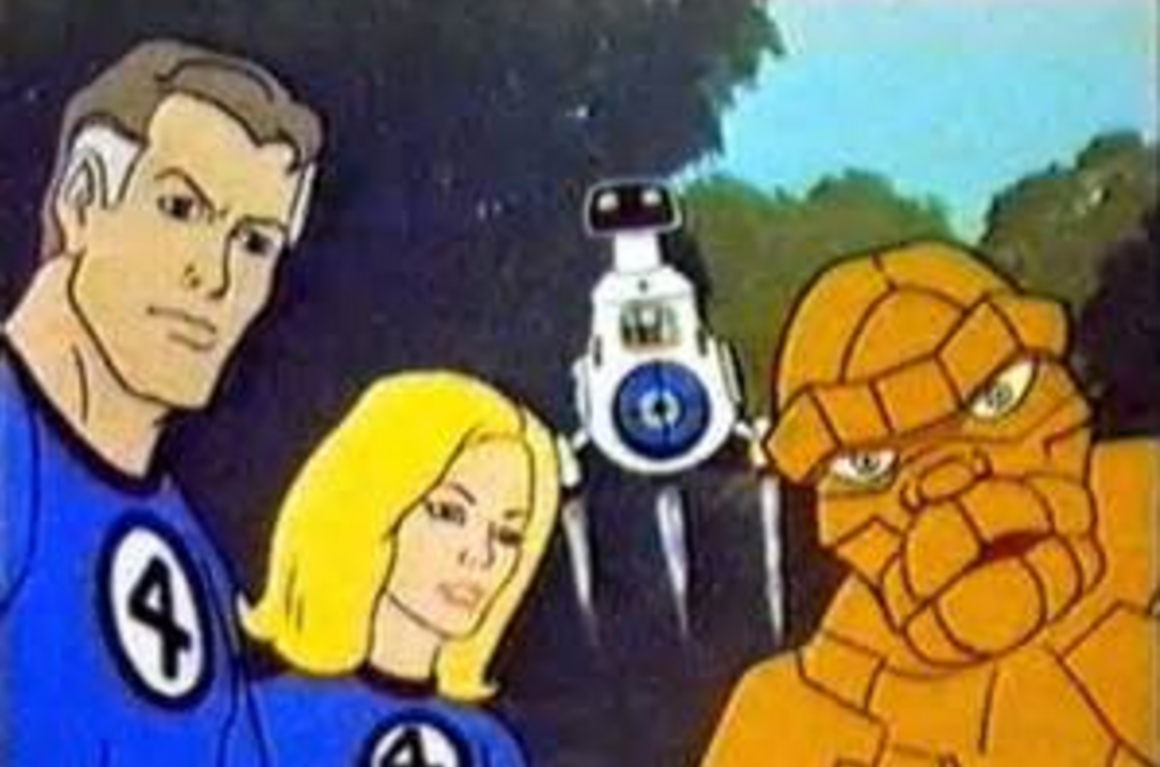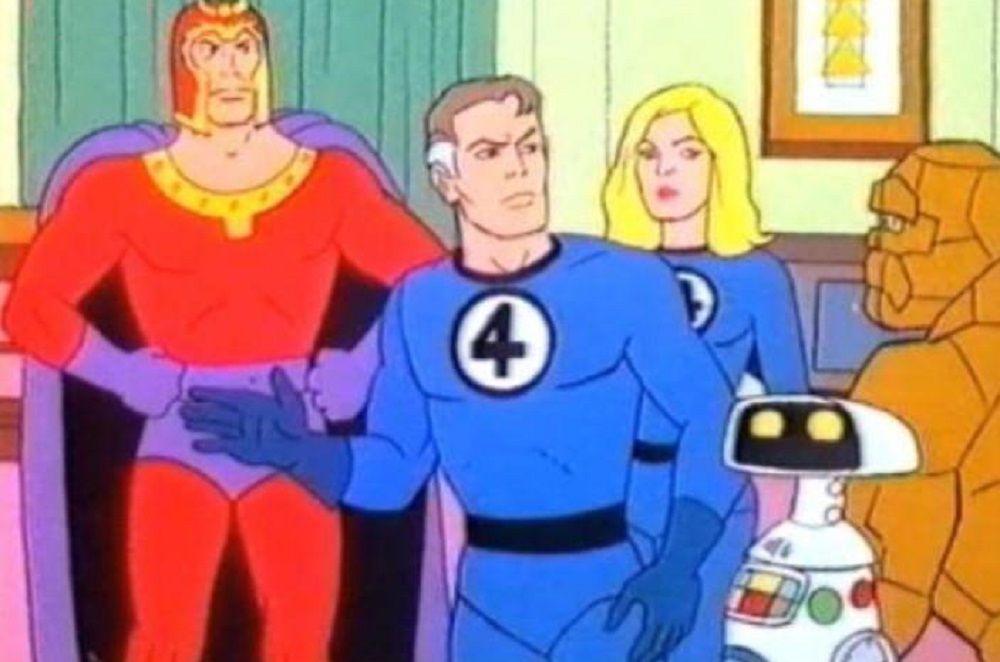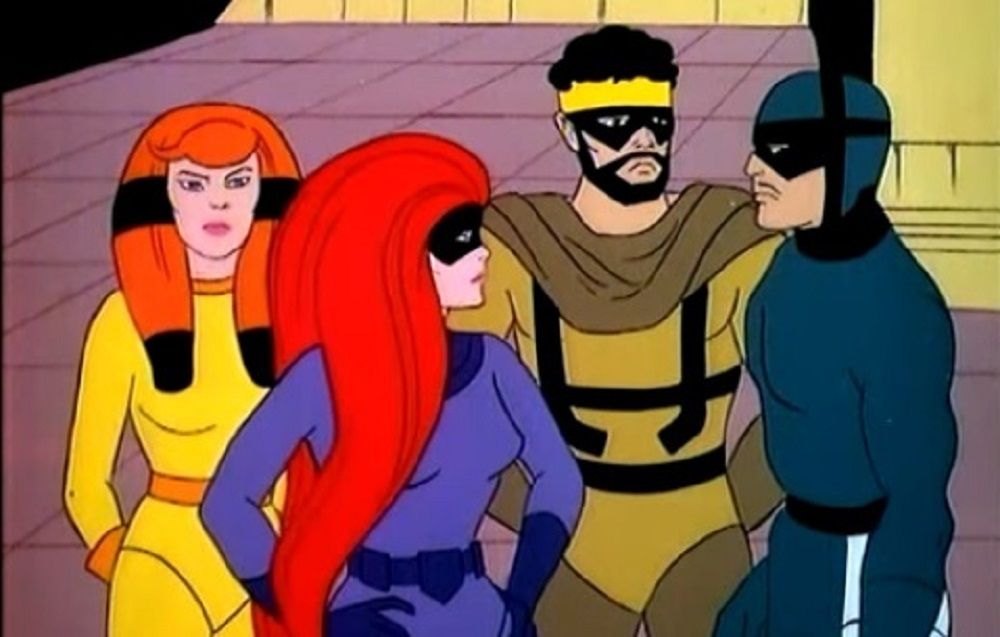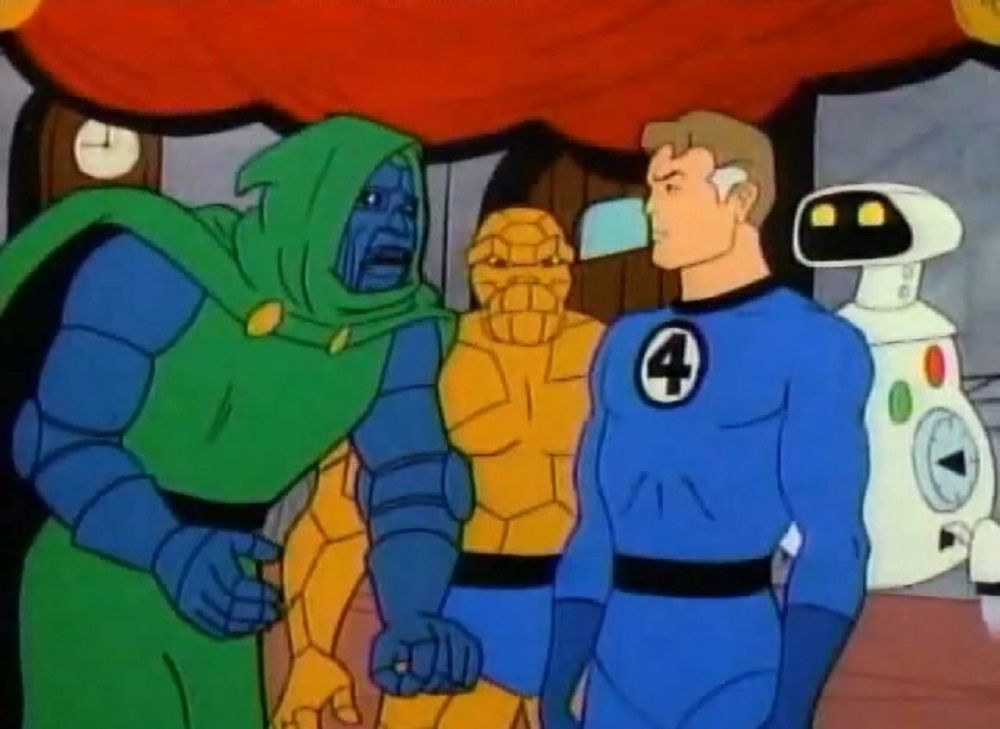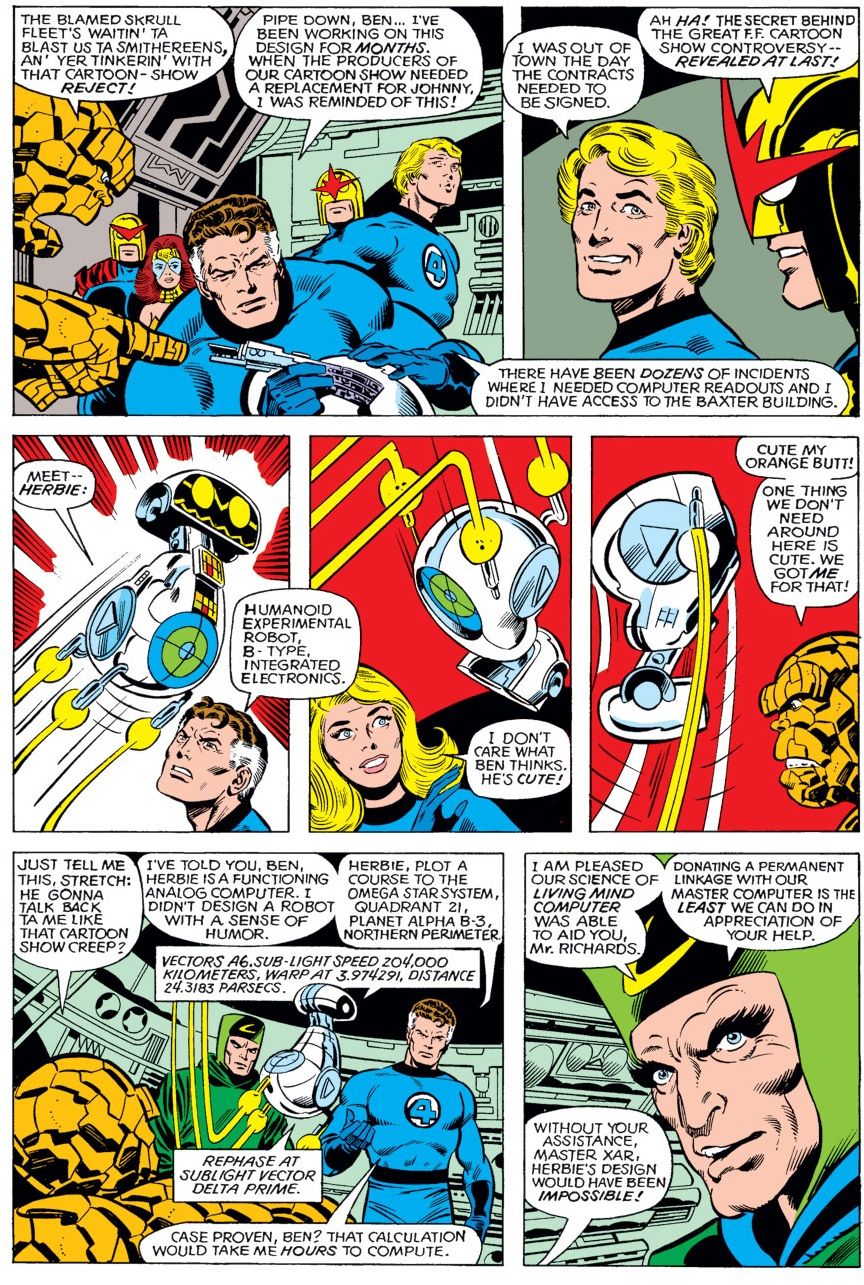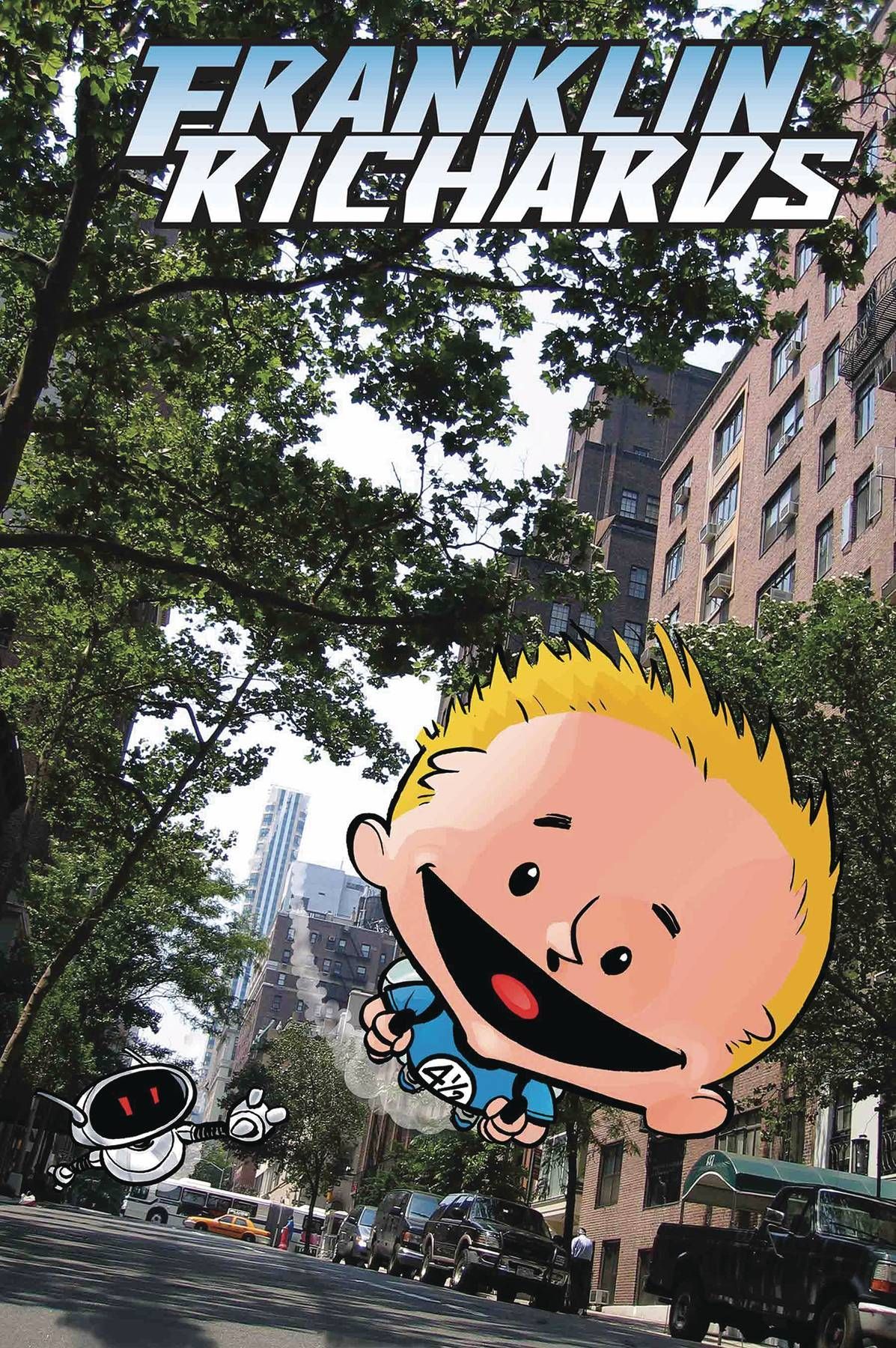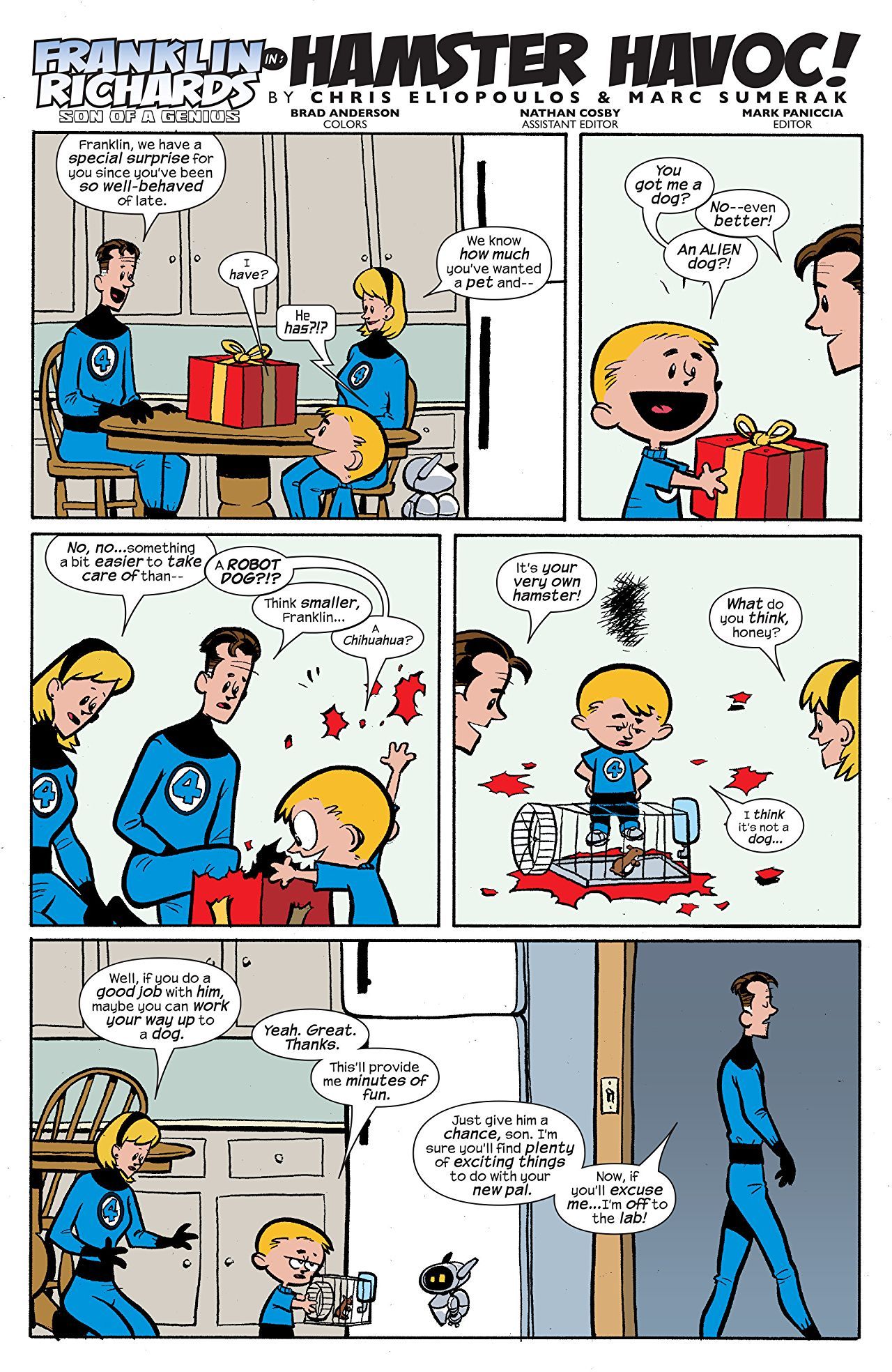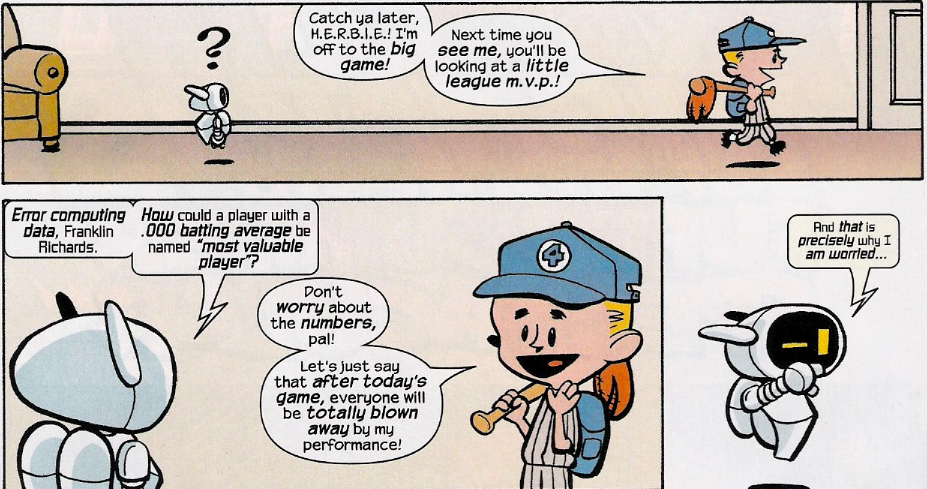In 1967, the Fantastic Four received their first animated series. It was during a brief period when Marvel was cutting deals with various different animation studios to release cartoons based on their characters. By the late 1970s, though, it had been almost a decade since Marvel characters had appeared on television (not since the original Spider-Man series went off the air in 1970). Marvel created their own animation department and in 1978, they got back into the game with The New Fantastic Four, which Marvel co-produced with DePatie–Freleng Enterprises.
The series was most notable for its introduction of a surprising new member of the Fantastic Four and the puzzling absence of one of the core members of the team. Why was the Human Torch replaced by a robot named Humanoid Experimental Robot, B-type, Integrated Electronics, H.E.R.B.I.E. for short?
RELATED: 'Hot' Couture: All Of Human Torch's Costumes Over the Years
For years, there has been a persistent urban legend that the stricter standards placed on cartoons in the 1970s due to complaints from parents groups over the years led to Marvel having to agree to drop Human Torch from the series because of the fear that kids might choose to light themselves on fire so that they could emulate the Human Torch.
That's not an absurd thing to worry about, per se, and it was even the plot of a Fantastic Four comic book during John Byrne's run (where an impressionable young fan did just that). However, that was not the reason. You see, in the mid-1970s, Marvel cut a deal with Universal Television to adapt a few of their heroes for possible TV movies and/or television series. The only one of the characters to actually come out with a successful TV series out of that deal was the Incredible Hulk (of course, it did so well that it likely made the whole thing profitable just by itself). Doctor Strange and Captain America at least had TV movies out of the deal. The Human Torch did not fare so well. A screenplay was written for a TV movie but it never came about. Still, Universal had the rights to the character when NBC agreed to buy a new Fantastic Four cartoon from Marvel and DePatie-Freleng. Universal would not agree to a deal where Human Torch could appear in the show, so Stan Lee and Jack Kirby got together (this was when Kirby had briefly returned to Marvel) and created H.E.R.B.I.E., with Kirby designing the character.
The series debuted on September 9th, 1978. It had 13 episodes in the first season and that was it for the show. While it was not a success itself, it established the presence of Marvel's animation wing, which would be a lot more involved during the 1980s. In addition, it introduced H.E.R.B.I.E., who eventually became a beloved character in his own right. Not only that, but those 13 episodes were actually quite good, especially for the era. Since Marvel was working on the show itself, Stan Lee, Jack Kirby and Roy Thomas were all involved in the project, giving it a rare authenticity for a superhero animated series of the era.
Page 2: [valnet-url-page page=2 paginated=0 text='H.E.R.B.I.E.%20Today!']
The main voice talent for the series was Ted Cassidy (Lurch from The Addams Family) as the Thing, Frank Welker (Shaggy from Scooby Doo and Megatron on the Transformers) as H.E.R.B.I.E., Mike Road as Mister Fantastic and Ginny Tyler as the Invisible Girl.
One of the oddest early episodes, "The Menace of Magneto," has Magneto take over the leadership of the team from Mister Fantastic. He then tricks the team into doing evil things while ostensibly still being good guys...
For a lot of young viewers, this was their first real exposure to Magneto.
RELATED: Never Four Get: 20 Superheroes Fans Forgot Were In The Fantastic Four
The Inhumans were introduced in an interesting episode, "Medusa and the Inhumans," where we see that Medusa and the rest of the Inhumans are put off by how bad humans have messed up the Earth over the years with wars and pollution that they think that they would be better rulers...
Doctor Doom, of course, received a number of spotlights over the first season and he was handled well...
The animation might have been fairly crude and some of the plots really stretched the bounds of credulity, but what made The New Fantastic Four stand out was how willing it was to explore the greater Marvel Universe. It showed viewers just how special this world was as it was populated by so many rich, well-developed characters like the Inhumans, Doctor Doom and Magneto.
In the grand scheme of things, this series also introduced Jack Kirby to the world of animation, where he would eventually find a home during the 1980s in a field that seemed to respect him a lot more than he received from the comic book companies of the 1960s and 1970s (now, comic book fans were a whole other story. They all loved the "King").
H.E.R.B.I.E., meanwhile, made his comic book debut in 1979's Fantastic Four #209 by Marv Wolfman, John Byrne and Joe Sinnott...
However, it would be years before H.E.R.B.I.E.'s greatest comic book adventures would take place. In 2005, Chris Eliopoulos and Mark Sumerak debuted their series of stories, Franklin Richards, Son of a Genius, starring Franklin Richards and his babysitter, H.E.R.B.I.E.
The adorably clever stories were clearly designed to evoke the work of the great Bill Watterson on Calvin and Hobbes, with Franklin in the role of Calvin and H.E.R.B.I.E. as his constant companion, a la Hobbes. However, the big difference is that Franklin Richards' adventures burst well past the level of childhood imagination and right smack into the most dangerous parts of the Marvel Universe and thus H.E.R.B.I.E.'s role as companion is very often turned into one of protector, as well.
Of course, Franklin doesn't seem too concerned that he is constantly putting himself and his robot friend into some awfully dangerous situations.
There are other, less action-packed stories, as well...
I like the bits that play up H.E.R.B.I.E.'s great robo-sarcasm...
And just think, if not for a weird contract problem, we never would have gotten one of Jack Kirby and Stan Lee's last characters created together (in fact, it almost certainly is the last thing they created together)! Happy 40th Anniversary, H.E.R.B.I.E.!

